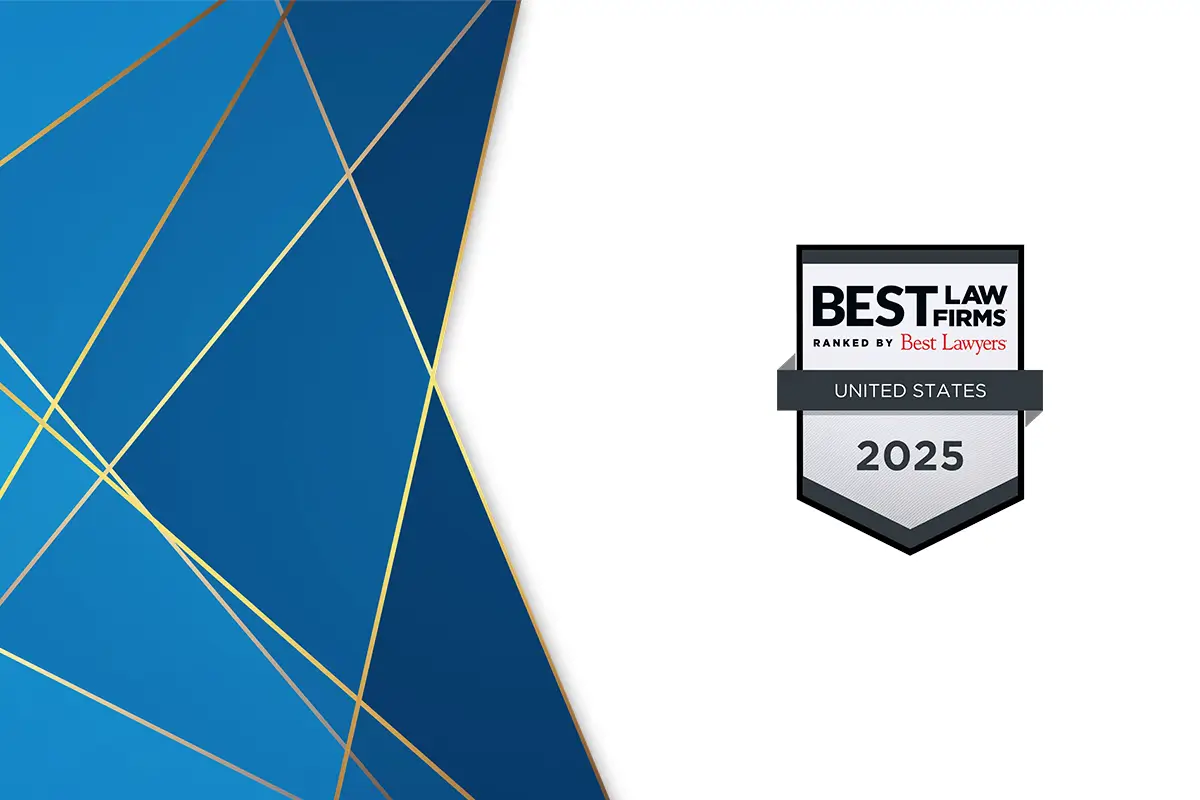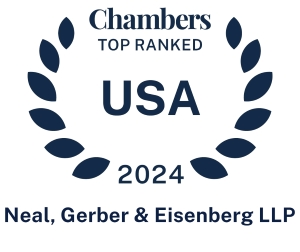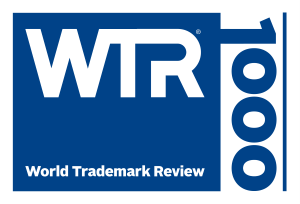On May 17th, 2023, the Supreme Court handed down a decision with potentially far-reaching consequences in the evolving landscape of copyright fair use, particularly for commercial works that reproduce copyrighted work. The Court found that the Andy Warhol Foundation violated photographer Lynn Goldsmith’s copyright in her 1981 photograph of Prince when the Foundation licensed its silkscreen variation of the photo (dubbed “Orange Prince”) to Condé Nast in 2016 for use in the magazine’s tribute article following Prince’s death.
In 1984, photographer Goldsmith consented to a one-time license of her photo to Vanity Fair for Warhol to create an illustration based on her photograph. Unbeknownst to Goldsmith, however, Warhol created a further “Prince Series” of images, including Orange Prince. The Andy Warhol Foundation then licensed Orange Prince to Condé Nast in 2016 for $10,000—without Goldsmith’s knowledge or authorization. When Goldsmith learned of and objected to this use, the Andy Warhol Foundation sued for a declaratory judgment of non-infringement. The District Court agreed with the Andy Warhol Foundation that its use of Goldsmith’s photo in creating Orange Prince constituted “transformative fair use” and was,, therefore,, a permitted fair use. The Second Circuit reversed. The sole question presented to the Supreme Court was whether the “purpose and character” of the Andy Warhol Foundation’s commercial license of the Orange Prince image should support a finding of fair use.
Copyright law is intended to balance incentives for “the progress of science and the arts” with the general cost of restricting the use of copyrighted material. On the one hand, creators are granted a tentative monopoly, for a limited period of time, on the right to use their works, including copying, distributing, creating derivative works, and the like. On the other hand, certain third-party uses, such as education, parody, and commentary, are deemed too valuable to the public to be wholly restricted—or serve a purpose so distinct from that of the original work that they, theoretically, have no impact on the incentive to create—and the doctrine of fair use protects these uses.
Whether a given use constitutes fair use is a notoriously thorny question, answered by a four-factor “balancing” test set forth in the Copyright Act. No mere checklist assures either direction—the application of these factors “requires judicial balancing, dependent on relevant circumstances.” Google v. Oracle. The factors are:
- The purpose and character of the secondary use, including whether the use is commercial or for nonprofit educational purposes.
- The nature of the copyrighted work.
- The amount and substantiality of the portion so taken.
- The effect of the secondary use on the market for the original work.
The first fair use factor, the sole focus of the Court’s decision in this case, focuses on the extent to which an allegedly infringing use has, in the Court’s language, “a further purpose or different character.” This is a question not only of the degree of difference in the purpose or character but also, as set forth explicitly in the Copyright Act, “whether such use is of a commercial nature or is for nonprofit educational purposes,” with commercialization weighing against a finding of fair use, absent some other justification. Artists making unauthorized use of others’ copyrighted material have long relied, as the Andy Warhol Foundation did, on the doctrine of “transformative fair use” inherent in this factor—whether the use conveys a new expression, meaning, or message. In some instances, the transformativeness of a secondary use might outweigh even an overtly commercial nature.
The Andy Warhol Foundation offered several explanations of the transformative nature of the Prince Series image, and the District Court agreed that these elements rendered the use transformative and, therefore, fair. For example, the Andy Warhol Foundation’s image, even the Supreme Court conceded, portrays Prince as iconic, whereas the Goldsmith image was photorealistic. The Andy Warhol Foundation also contended that its image had the purpose of commenting on the “dehumanizing nature” of celebrity. (On this second point, the Supreme Court reemphasized the established principle that protected satire must comment on the original work itself —here, Goldsmith’s photograph—and not use the work as a vehicle for a separate point.)
While pointing out that it addressed only the Andy Warhol Foundation’s commercial license to Condé Nast and not the fair use status of the Prince Series as artworks in any other context, the Court found that the nature and commercialism of the Andy Warhol Foundation’s use weighed against fair use and affirmed the Second Circuit’s finding of infringement. Regardless of any additional expressive content in the Prince Series image, Goldsmith’s original image and the Andy Warhol Foundation’s Prince Series image share substantially the same character and purpose—they were both portraits used to depict Prince in magazine stories about the musician. Therefore, the derivative image did not ‘transform’ the character and purpose of the original. And, of course, the license was commercial and further weighed against the Andy Warhol Foundation.
While the Court did not upend significant caselaw in this area, it clarified the inquiry for transformative fair use, finding that the real-world market presence of a secondary work is a necessary element in the “character and purpose” fair use analysis. For example, from the Syllabus:
The meaning of a secondary work, as reasonably can be perceived, should be considered to the extent necessary to determine whether the purpose of the use is distinct from the original….But fair use is an objective inquiry into what a user does with an original work, not an inquiry into the subjective intent of the user, or into the meaning or impression that an art critic or judge draws from a work.
Given the increasing commodification of satire-as-consumer-product, copyright owners may now have sharper teeth with which to enforce their works and brands. Of course, owners must continue to navigate the rest of the fair use analysis. In addition, trademark protection may be available against such use, and NGE is closely watching a related trademark parody case, VIP Prods. v. Jack Daniels, in which a Supreme Court decision is expected soon.
Should you have any questions about your portfolio of copyrighted material or your ability to use others’ copyrighted material, do not hesitate to contact Michael Kelber, Kara C. Michels, Lee Barrington Stark, or your NGE attorney.
The content above is based on information current at the time of its publication and may not reflect the most recent developments or guidance. Please note that this publication should not be construed as legal advice or a legal opinion on any specific acts or circumstances. The contents of this publication are intended solely for general purposes, and you are urged to consult a lawyer concerning your own situation and any specific legal questions you may have.
The alert is not intended and should not be considered as a solicitation to provide legal services. However, the alert or some of its content may be considered advertising under the applicable rules of the supreme courts of Illinois and certain other states.










